

Hi! I’m Kateryna!
I arrived in Osaka after landing at Kansai International Airport! On the first day of my trip I went sightseeing in “Namba,” Osaka’s city center.
My first order of business was taking a picture at the same spot I’d seen in the pictures on social media from my friends who had also visited Japan!
A photo with the Glico sign at classic photo spot “Ebisu Bridge”! It was super fun to shop and eat here in some of Japan’s greatest shopping districts!
I stayed in a hotel in Namba for my first night.




Started at Osaka-Namba Station!
If you purchased your KINTETSU RAIL PASS in advance online or via a travel agency in your home country, you can exchange it for the full ticket at the express ticketing area of stations that service the Kintetsu Railway. (Please see the end of this article for details on how to purchase a pass.) Don’t forget your passport, since you need to show it when purchasing the KINTETSU RAIL PASS!


I stayed in a hotel in Namba for my first night. While I was looking into ways to reach my second day’s destination, “Mie (Ise-Shima),” by train, I found an awesome train! It’s a premium express tourism train called “SHIMAKAZE,” and it looks so luxurious and nice! Be sure to book your seat on the train’s official site, as seats must be reserved (travelling from Osaka-Namba Station to Toba Station in Mie Prefecture is an extra 2,640 per adult).





The interior of “SHIMAKAZE” was so spacious! It felt easier to relax in than a Shinkansen train. There were even convenient free lockers available! What a clean train car! The seats are also wide, so you can sit back and relax!
You can even enjoy delicious restaurant-quality meals in the train. Having freshly-cooked meals in a moving train is such a unique experience!

“SHIMAKAZE” arrived at Mie Prefecture’s “Toba Station” about 2 hours after it departed from Osaka-Namba Station!
The combined area of Toba City, where Toba Station is located, and neighboring cities Ise City and Shima City is known as “Ise-Shima.” The area is packed with various sightseeing locations, like the popular Ise Jingu, features amazing seafood dishes made with fresh seafood right from the ocean, and offers up a different sort of natural scenery than what you’d find in Osaka.
The “Toba Tourist Information Center” inside of Toba Station has convenient tourism pamphlets written in foreign languages!




By the way, the three women in the above picture are local “ama.” Ama are female divers who catch things like abalone, turban shells, and spiny lobsters. Supposedly Ise-Shima is home to the largest number of ama in all of Japan!
Toba City is home to a facility called “Ama Hut Hachiman Kamado,” where you can listen to stories from ama while enjoying fresh seafood that they caught. Please note that reservations made at least two days in advance are required for this experience.
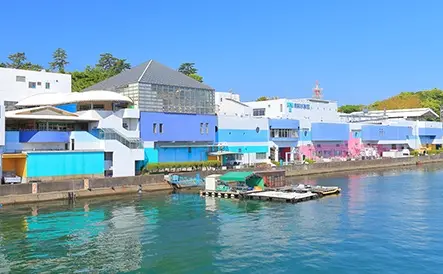
“Toba Aquarium” is about a 10-minute walk from Toba Station. It’s home to around 1,200 different species! There’s so much to see here, including Japan’s only dugong, cheerful sea lion and walrus shows, and an enormous Steller sea lion diving that weighs over 700 kilograms! There’s so much to do that I probably couldn’t see it all if I spent the whole day here!
If you show your KINTETSU RAIL PASS:
the admission changes to 2,400 yen (\100 off standard admission) for adults.
1,200 yen (\50 off) for children (elementary and junior high), and 600 yen (\30 off) for toddlers (3 years of age and up)!
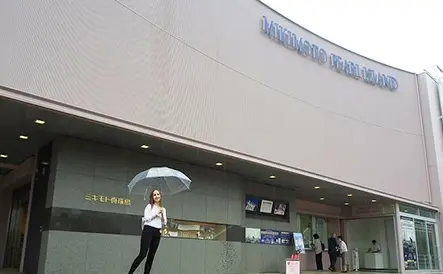
It was about a 5-minute walk from Toba Aquarium to my next destination, “Mikimoto Pearl Island.” This island in Toba Bay features not only a pearl museum where you can learn everything there is to know about pearls, but also areas like the Mikimoto Pearl Museum that introduces the life story of the so-called king of pearls Kokichi Mikomoto, and Pearl Plaza (shops and restaurants). Kokichi Mikimoto was the first person in the world to learn to cultivate pearls, aside from those who had done so by coincidence in the past. Thanks to his discoveries, many women can wear beautiful pearl accessories!
If you show your KINTETSU RAIL PASS:
the admission changes to 1,200 yen (¥300 off standard admission) for adults and 600 yen (¥150 off standard admission) for children (elementary and junior high)!
My next destination was “Meoto Iwa”! I took the Ise-Futami-Toba Circular Bus “CAN Bus” from Mikimoto Pearl Island and arrived in about 20 minutes! (Certain versions of the KINTETSU RAIL PASS let you use local bus lines like this one for free!)
Meoto Iwa, or Couples’ Rock, is, as its name would suggest, two rocks settled in close together like a married couple. It’s believed to be home to a kami, or Shinto god, of marriage, couples, and safe travels. It definitely felt divine in a way, like I could get power from here!
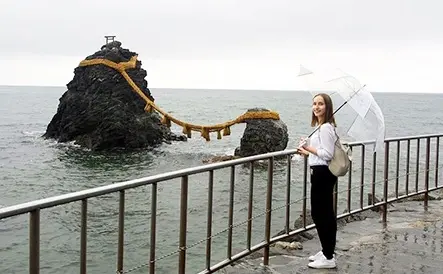
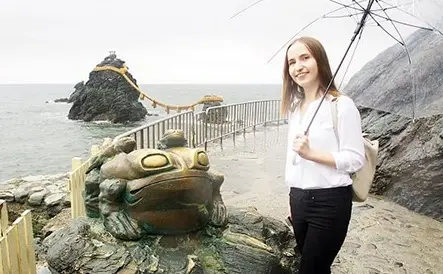
Finally, I made my way to “Ise Jingu,” the main feature of this part of my trip.
I left Meoto Iwa using the same “CAN Bus” I arrived in. Ise Jingu is not just one shrine; it is a shrine complex made up of a number of shrines. The main shrines are Amaterasu-Omikami’s “Naiku” and Toyo’uke-no-Omikami’s “Geku,” but the entire complex houses over 125 shrine-related buildings and spans an area roughly the same size as Paris. The shrine holds over 1,500 rituals every year to pray for things like world peace and bountiful harvests.
Apparently the customary order for worship at Ise Jingu has for a long time traditionally been starting at Geku, then Naiku, Goshougu, and finally Betsugu.
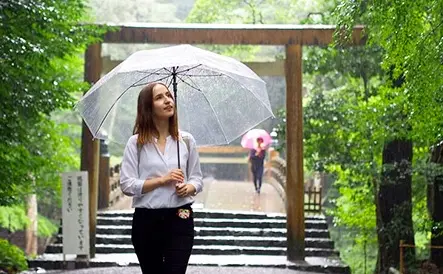
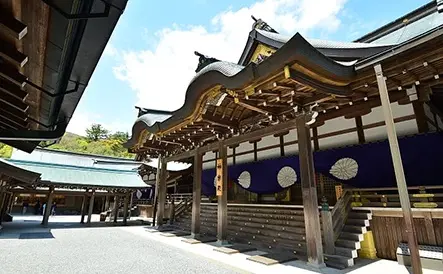
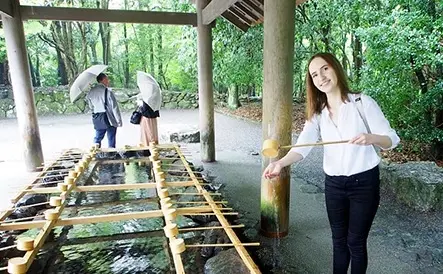
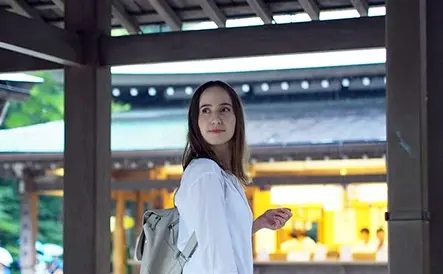
Next, I walked to Oharai-machi from “Naiku” at Ise Jingu. “Okage Yokocho,” located in the heart of Oharai-machi, has reproduced the atmosphere of old Japan (from the Edo Period to around the 1900s). It’s packed with lots of lovely shops with great atmosphere, almost like a theme park! I was hungry at this point, so I decided to stop and enjoy some local gourmet dishes!
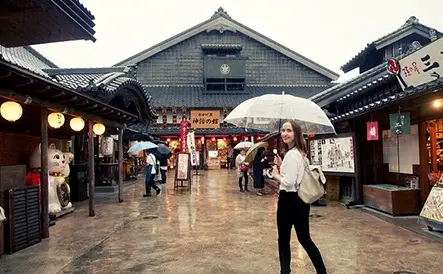
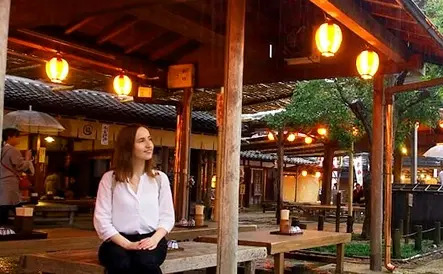
There was an amazing-looking ramen restaurant here, so I wasn’t sure where to eat, but I decided that I definitely wanted to try the local cuisine no matter what! So, I stopped by a restaurant where I could have “tekone sushi,” a local specialty of Ise-Shima. Tekone sushi is a local dish where red-fleshed fish, like skipjack and tuna, are marinated in a soy sauce-based tare sauce and served over rice. It’s a dish that supposedly originated as something eaten by local fishermen between catches. Nigiri is a great way to serve sushi, but this is also amazing!
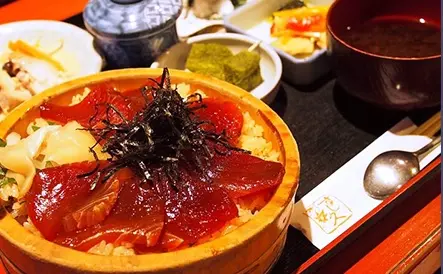
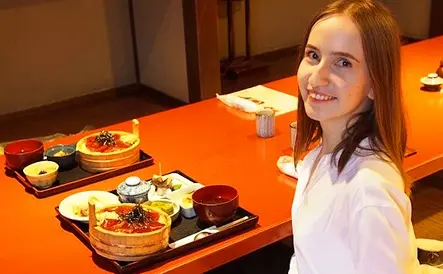
Since I came all the way out here, I also bought another dish! The other item I chose was “Ise udon.” The thick noodles are served in a rich, umami-packed tsuyu sauce. The thick noodles are gently simmered over a long period of time, so their texture was different from regular udon noodles. Udon in Japan has different textures and thickness and is served with varying tsuyu depending on the region, but this Ise udon was really delicious!
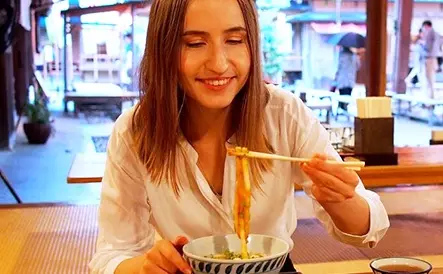
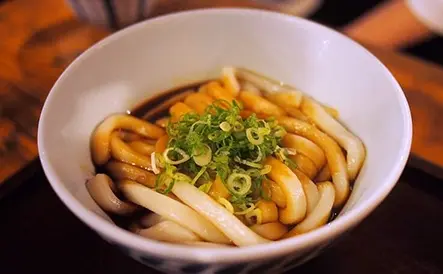
To get back, I took a bus from the stop near Ise Jingu’s Naiku to “Ujiyamada Station,” the nearest station. From Ujiyamada Station, I headed to Kintetsu-Nagoya Station, and from there I headed to my lodging for the night!
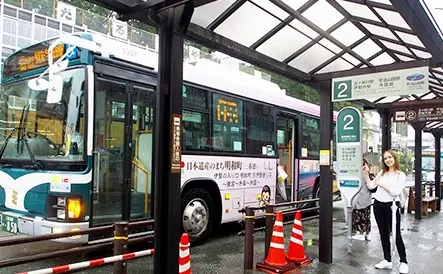
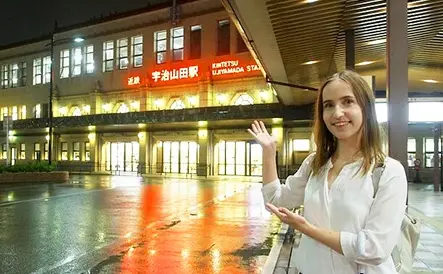
My journey through the Ise-Shima area of Mie Prefecture came to a close! I was super happy with my trip from Osaka to Mie (Ise-Shima)!
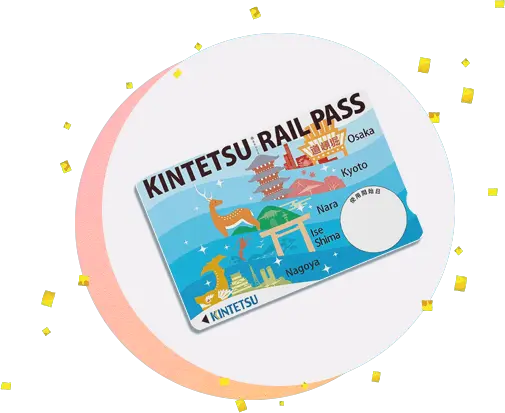
I added up what would have been the cost of my trip if I hadn’t used the KINTETSU RAIL PASS; going from Osaka (Osaka-Namba Station) to Mie Prefecture (Toba Station) would cost 2,040yen, and going from Ujiyamada Station near Ise Jingu to Nagoya (Kintetsu-Nagoya Station) would cost 1,450 yen. Just those two rides would come out to 3,490 yen. (Excluding limited express ticket costs)
The KINTETSU RAIL PASS costs only 3,600 yen, so with just the little travel I’d done this day it had already almost paid for itself!
I’d only used it for one day, but I still had four more days left, so the more you get out of it the better deal it turns out to be! It was also very convenient that I didn’t have to buy a ticket every time I wanted to get on the train.